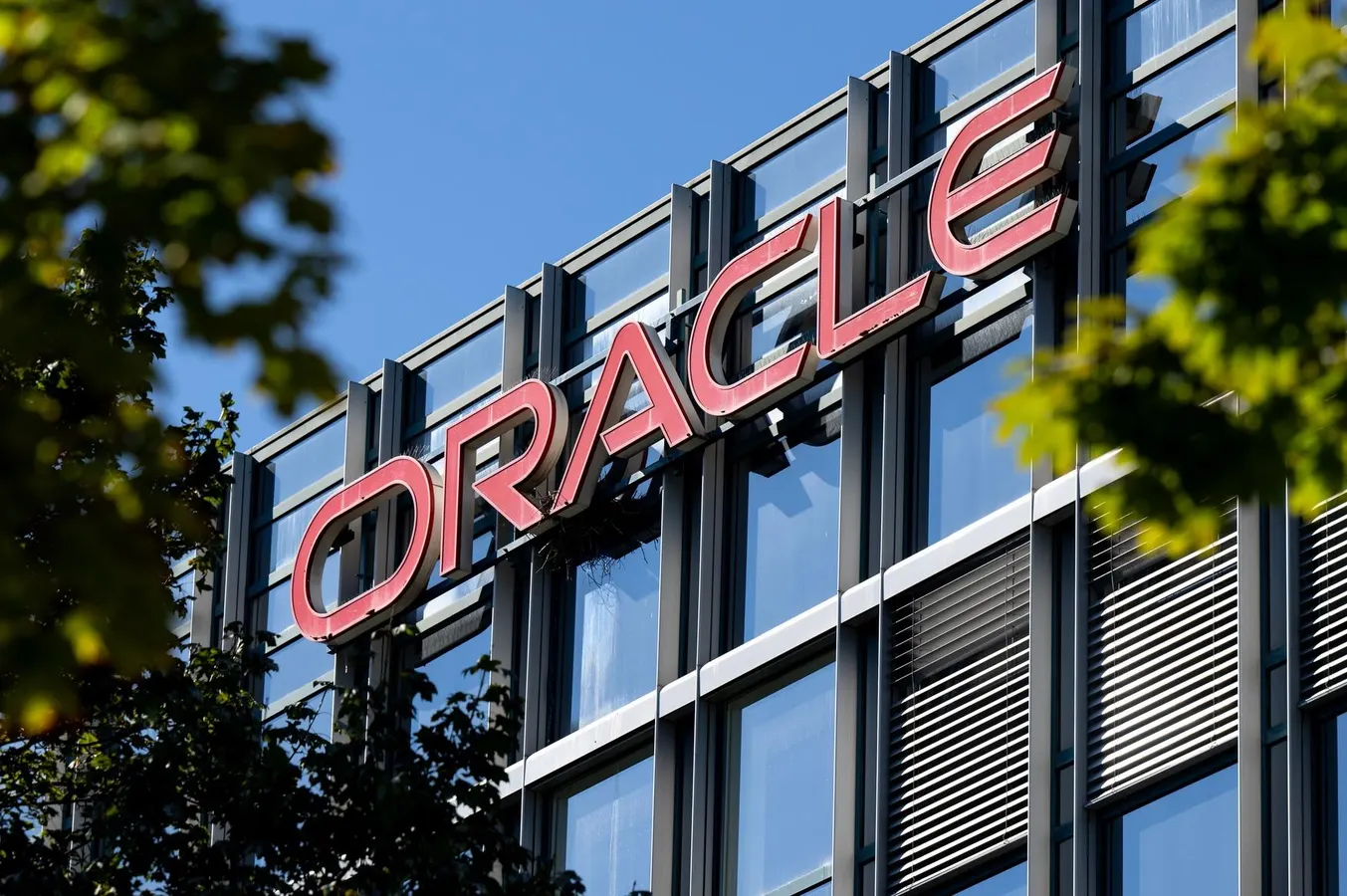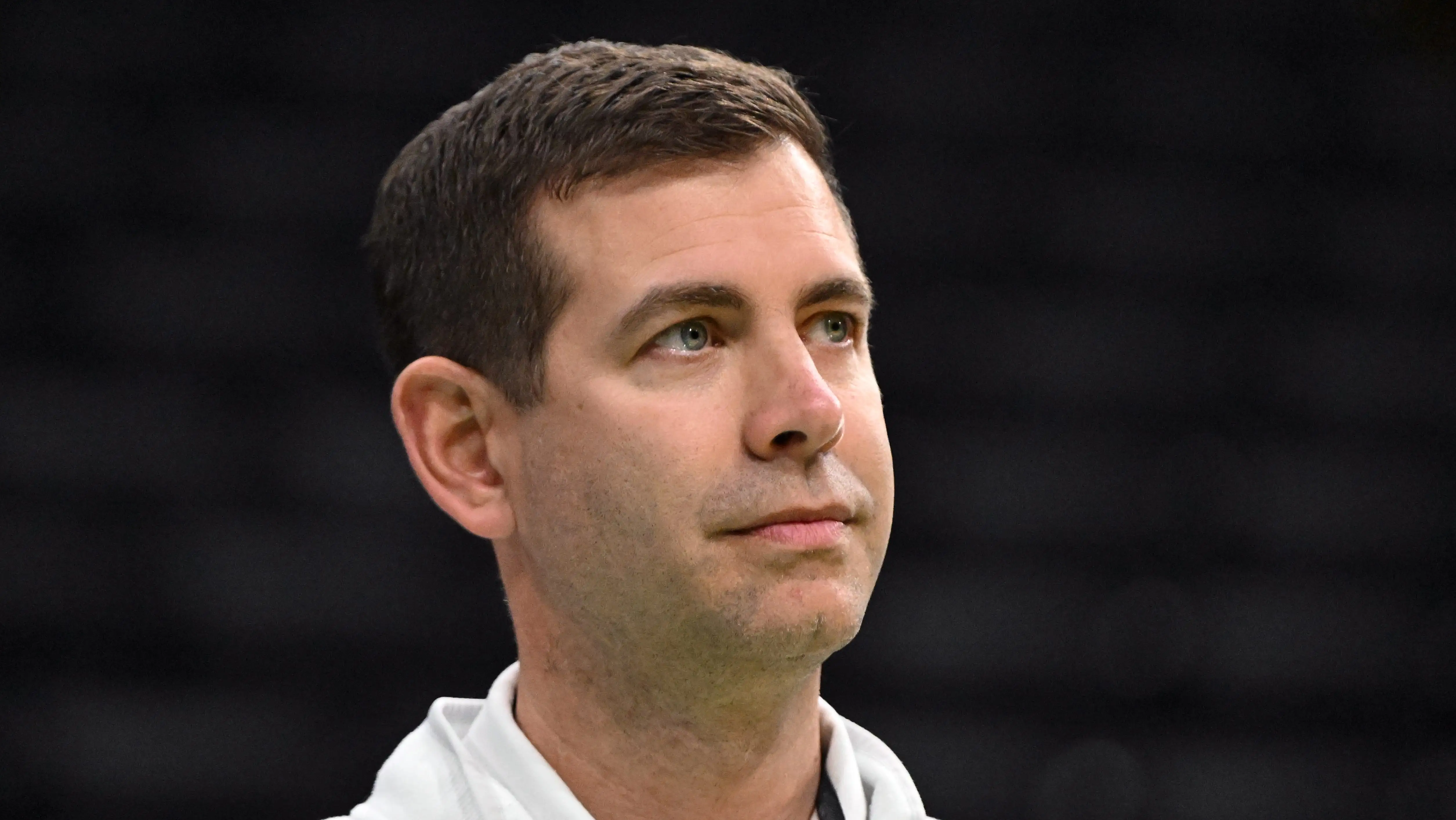By Contributor,Thomas Gallagher
Copyright forbes

The tech giant cofounded by the world’s second richest person has now produced four members of the three-comma-club.
Over the last year, Oracle has been reaping the benefits of its strategic expansion in the AI cloud space, capitalizing on demand for artificial intelligence through its cloud computing business. The company has signed eye-watering contracts with some of the largest players in the sector including a reported $300 billion contract with OpenAI to provide computing power. As a result, Oracle’s stock has surged nearly 115% in the last six months, catapulting it to a market capitalization of $933 billion and making it the 12th most valuable company in the world.
Oracle’s stock surged by 36% on September 10th alone, after the company projected on its first quarter earnings call that revenue from its cloud infrastructure business will skyrocket by 700% to $144 billion over the next four years–mostly to power AI. That boosted cofounder and chief technology officer Larry Ellison’s fortune by nearly $100 billion in a single day and helped solidify his position as the world’s second richest person, worth an estimated $392.3 billion as of Monday.
It also minted two new billionaires in the process. Forbes estimates that Oracle’s former chairman and chief financial officer Jeffrey Henley is now worth $1.1 billion, while its former chief corporate architect Edward Screven is now worth $1.1 billion.
A UC Santa Barbara grad with an MBA from UCLA, Henley served as chief financial officer of manufacturing and real estate conglomerate Pacific Holding Company and food service company Saga Corporation before joining Oracle as CFO in 1991. He oversaw Oracle’s finances until 2011, when he replaced Ellison as chairman of the board. When Ellison took back the chairman role in 2014, Henley assumed the title of non-executive vice chairman. Henley, who graduated from Santa Barbara in 1966, has been heavily involved with his alma mater for years. In 2012, he and his wife Judy pledged $50 million to the school, the institution’s biggest gift at the time, to support technological innovation at its heralded Institute for Energy Efficiency and College of Engineering. He’s also given to intramural sports and funds a faculty position in the Department of Economics. Forbes estimates that Henley has netted $206 million (after taxes) exercising options and selling stock since 2003. He still owns Oracle shares and options worth $830 million.
Oracle’s other new billionaire, Edward Screven, studied computer science at Carnegie Mellon University before joining Oracle in 1986. He spent the next 38 years working for the company before retiring from his role as chief corporate architect in February 2025. Following his retirement, it was announced that Screven would serve as Oracle’s representative on the board of directors of Ampere Computing Holdings LLC., a semiconductor design company in which Oracle owned a 32% equity stake. In March, the company was acquired by SoftBank Group for $6.5 billion. Screven owns Oracle shares worth $900 million and has pocketed an estimated $130 million (after taxes) from exercising options and selling stock.
Oracle’s fourth billionaire, Safra Catz (estimated fortune: $3.4 billion), announced on Monday that after succeeding Ellison as CEO 11 years ago, she has transitioned into the role of executive vice chair effective immediately. The company will now be run by a pair of Oracle veteran co-CEOs, Clay Magouyrk and Mike Sicilia, who will receive grants of stock options to buy $250 million and $100 million of Oracle shares, respectively, when the awards vest. According to recent SEC filings, Magouyrk and Sicilia own Oracle shares worth only $38 million and $37 million, respectively, meaning they still have a long way to go to become billionaires.
It’s unclear what Catz’s transition into the role of executive vice chair means for one of Oracle’s two new billionaires, Jeffrey Henley, who serves as non-executive vice chairman and wasn’t mentioned in the press release announcing the leadership transition.
Oracle did not respond to a request for comment for this story.
Editorial StandardsReprints & Permissions



